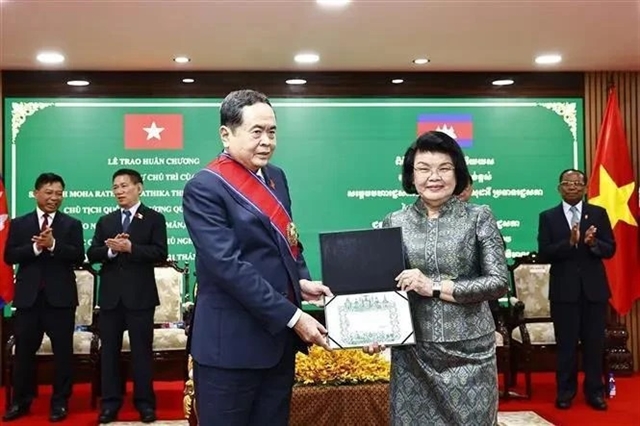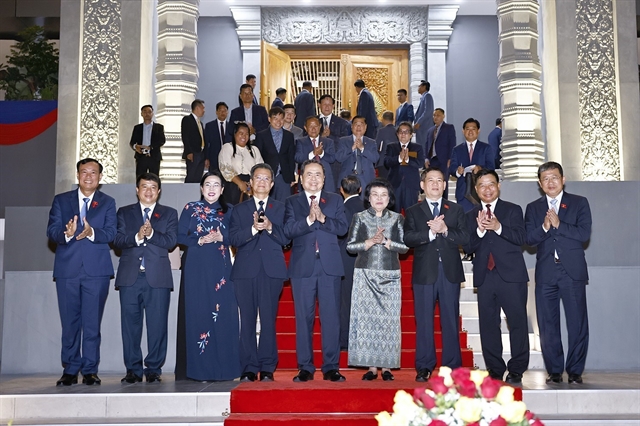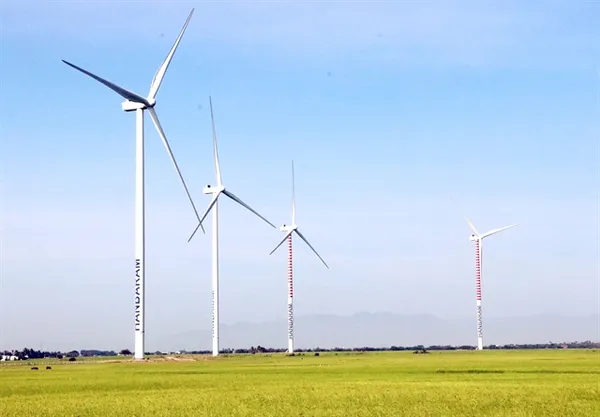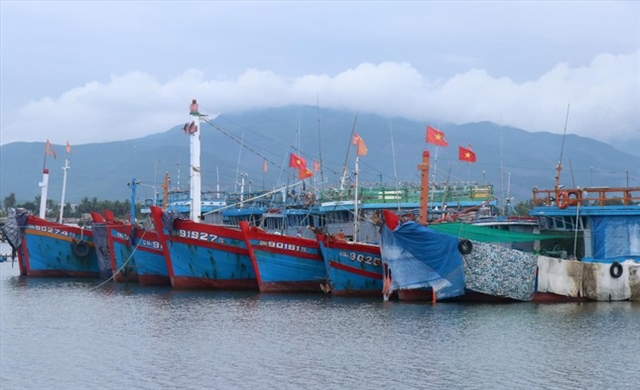 Opinion
Opinion
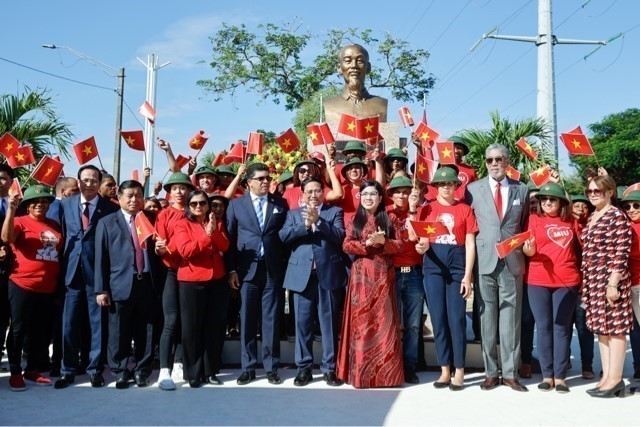
Farmers are suffering a paradox of “good crop but prices drop” with one of main reasons being weak application of post-harvest technology. Associated Prof. Dr. Nguyễn Thị Bích Thủy, head of the post-harvest technology section of the Việt Nam Agriculture Academy, talks with Kinh Tế Việt Nam và Thế Giới (Việt Nam and World Economy) Magazine about the issue.
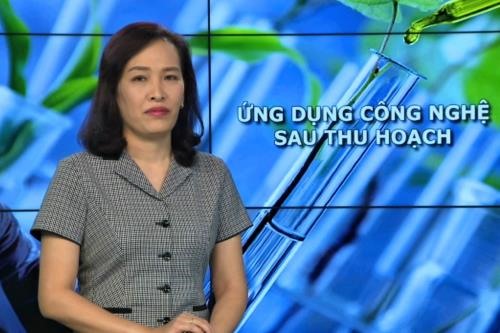 |
| Dr. Nguyễn Thị Bích Thuỷ. -- VNA/VNS Photo |
Farmers are suffering a paradox of “good crop but prices drop” with one of main reasons being weak application of post-harvest technology.
Associated Prof. Dr. Nguyễn Thị Bích Thủy, head of the post-harvest technology section of the Việt Nam Agriculture Academy, talks with Kinh Tế Việt Nam và Thế Giới (Việt Nam and World Economy) Magazine about the issue.
Could you explain the important role of post-harvest technology in agricultural production, especially for Việt Nam – a country with an advantage edge of exporting agricultural products?
Việt Nam’s agricultural products have lots of potential. Some products were on top of the world exporting list. However, Việt Nam’s current post-harvest technology has been lagging behind.
The post-harvest losses were still high, about 12-15 per cent to grain products, and 25-30 per cent to fruits and vegetables, even higher to animal breeding products.
Thus, reducing losses after harvesting was one of key target of the agricultural production sector.
What is your evaluation of post-harvest technology application of the agricultural production sector?
Frankly, the post-harvest technology of Việt Nam was still backward.
Calling people “rescuing” agricultural products in recent years was a clear evidence of the weak technology.
For a long time, Việt Nam’s agricultural products were exported under unprocessed forms. About 70 per cent of total products were exported to China.
We had opportunities to export the products to hi-end markets of European Union, United States and Japan but low-level application of post-harvest technology had made the products unqualified.
But in recent years, post-harvest technology has gradually improved, especially technology for vegetable and fruit products. The export turnover of vegetables and fruits had reached nearly US$1 billion in the first quarter this year.
Application of post-harvest technology, branding and distribution of agricultural products was really ineffective for many years. Why is this?
The co-operation among four key pillars of farmers, government, businesses, and scientists in the production chain was very important. However, the co-operation was loose.
The country owned a large potential of agricultural products but production scale is small which leads to uneven quality. Moreover, small-scale product has also created difficulties in modern technology application.
In fact, scientists in universities and research centres have been making efforts to contribute to technological transfer but they were facing difficulties finding support from businesses. Meanwhile, businesses had not invested more in agricultural production due to high risks of capital refund.
Additionally, the incentive policies were needed for agricultural production development.
Human resources were an essential factor of technological application. Do you think Vietnamese human resources meet the requirement? And how do you improve the human resources for the coming years?
Application of advanced and smart technologies in agricultural production required high qualified human resource.
The workforce in agricultural production was redundant but the qualified resource for post-harvest sector was very few.
Thus, activities of training and scientific researches were very important, which was a key element helping the country’s agriculture sector develop.
Universities and training institutions should co-operate businesses to introduce training courses on agriculture in general and on post-harvest technology in particular.
For years, not only farmers but also businesses faced hurdles of accessing capital for technological application including purchasing machines and equipment. Could you suggest any solution for the issue?
First, the government should spare capital from the State Budget for agricultural and post-harvest technologies.
It was necessary to offer credit assistance to farmers who are direct producers.
Besides, the Government should have incentives to businesses who act as bridges between scientists and farmers in advanced technological application.
And businesses should have confidence in investing in agricultural and post-harvest technologies.
Training institutions needed support from Government to accelerate scientific research activities.
In short, the Government should have long-term strategies with practical policies to each specific subject.
Proper investment by the Government along with active involvement by related parties in the agricultural field would help bring more added values for the production chain.
Besides, foreign investment and public-private partnership should be enhanced to lure more capital. – VNS

